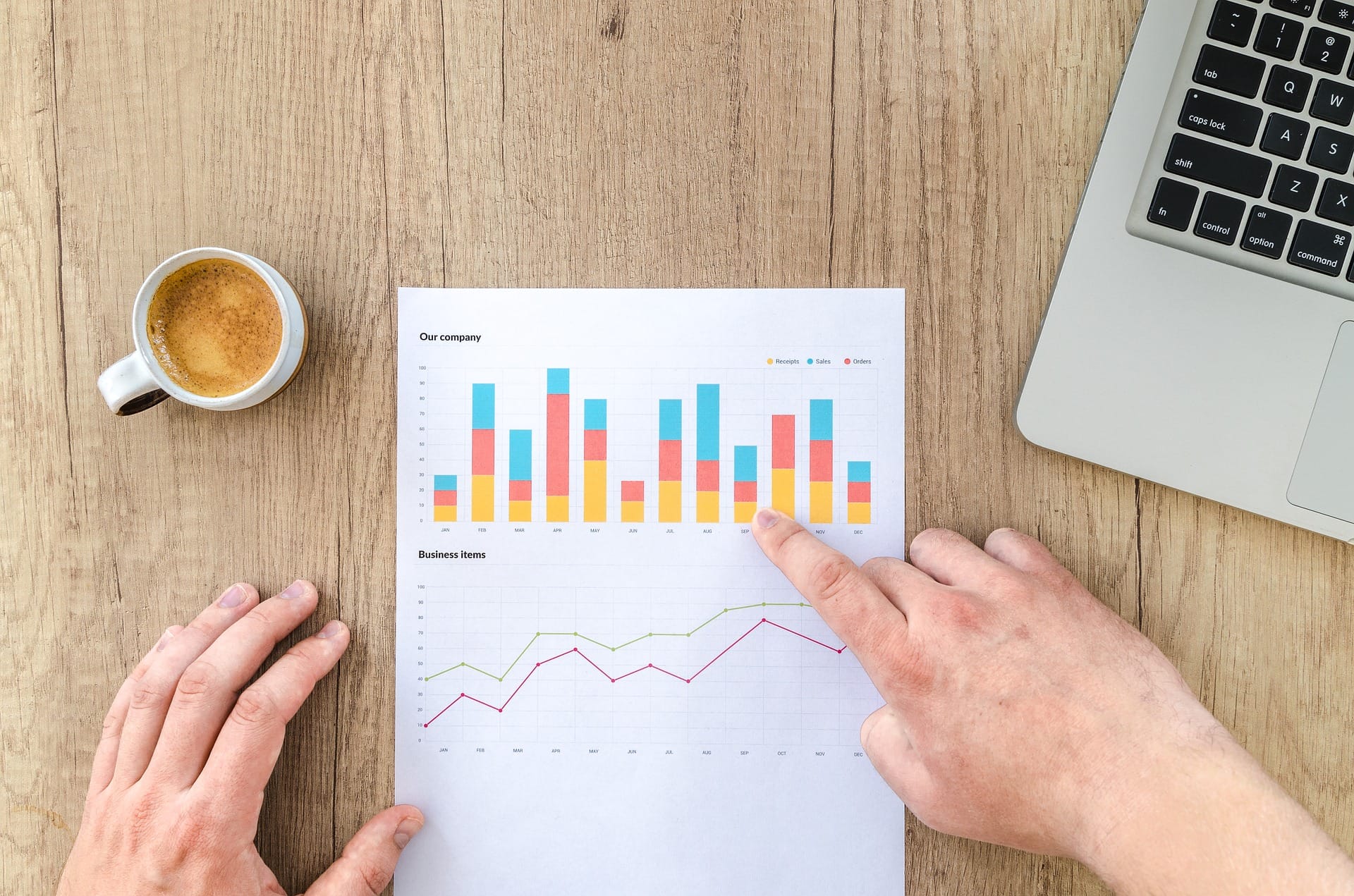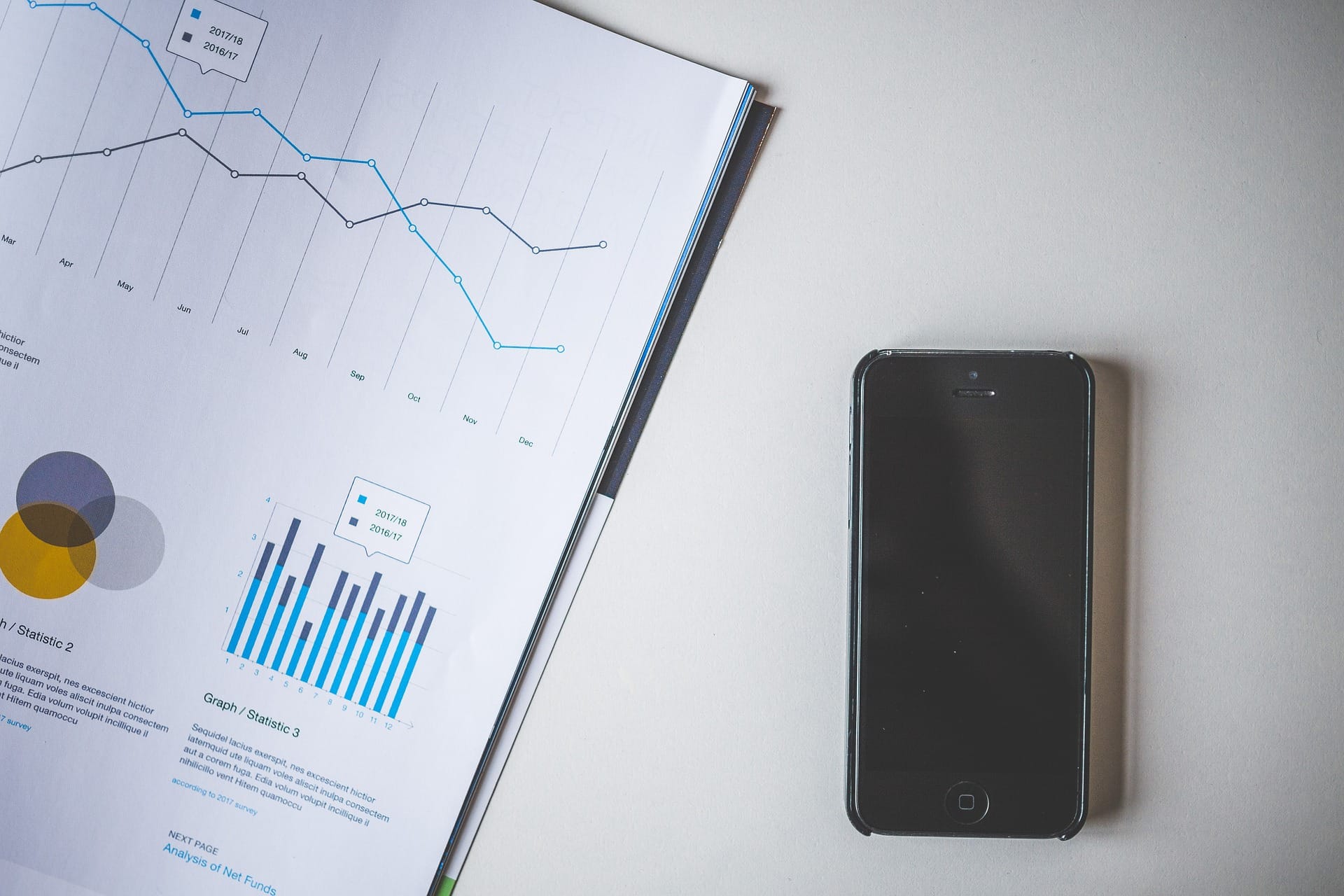We review the basics of descriptive analysis, including what exactly it is, what benefits it has, how to do it, as well as some types and examples.
From diagnostic to predictive, there are many different types of data analysis. Perhaps the most straightforward of them is descriptive analysis, which seeks to describe or summarize past and present data, helping to create accessible data insights. In this short guide, we'll review the basics of descriptive analysis, including what exactly it is, what benefits it has, how to do it, as well as some types and examples.
What Is Descriptive Analysis?
Descriptive analysis, also known as descriptive analytics or descriptive statistics, is the process of using statistical techniques to describe or summarize a set of data. As one of the major types of data analysis, descriptive analysis is popular for its ability to generate accessible insights from otherwise uninterpreted data.
Unlike other types of data analysis, the descriptive analysis does not attempt to make predictions about the future. Instead, it draws insights solely from past data, by manipulating in ways that make it more meaningful.
Benefits of Descriptive Analysis
Descriptive analysis is all about trying to describe or summarize data. Although it doesn't make predictions about the future, it can still be extremely valuable in business environments. This is chiefly because descriptive analysis makes it easier to consume data, which can make it easier for analysts to act on.
Another benefit of descriptive analysis is that it can help to filter out less meaningful data. This is because the statistical techniques used within this type of analysis usually focus on the patterns in data, and not the outliers.
Types of Descriptive Analysis
According to CampusLabs.com, descriptive analysis can be categorized as one of four types. They are measures of frequency, central tendency, dispersion or variation, and position.
Measures of Frequency
In descriptive analysis, it's essential to know how frequently a certain event or response occurs. This is the purpose of measures of frequency, like a count or percent. For example, consider a survey where 1,000 participants are asked about their favourite ice cream flavor. A list of 1,000 responses would be difficult to consume, but the data can be made much more accessible by measuring how many times a certain flavor was selected.
Measures of Central Tendency
In descriptive analysis, it's also worth knowing the central (or average) event or response. Common measures of central tendency include the three averages — mean, median, and mode. As an example, consider a survey in which the height of 1,000 people is measured. In this case, the mean average would be a very helpful descriptive metric.
Measures of Dispersion
Sometimes, it may be worth knowing how data is distributed across a range. To illustrate this, consider the average height in a sample of two people. If both individuals are six feet tall, the average height is six feet. However, if one individual is five feet tall and the other is seven feet tall, the average height is still six feet. In order to measure this kind of distribution, measures of dispersion like range or standard deviation can be employed.
Measures of Position
Last of all, descriptive analysis can involve identifying the position of one event or response in relation to others. This is where measures like percentiles and quartiles can be used.

How to Do Descriptive Analysis
Like many types of data analysis, descriptive analysis can be quite open-ended. In other words, it's up to you what you want to look for in your analysis. With that said, the process of descriptive analysis usually consists of the same few steps.
- Collect data
The first step in any type of data analysis is to collect the data. This can be done in a variety of ways, but surveys and good old fashioned measurements are often used.
- Clean data
Another important step in descriptive and other types of data analysis is to clean the data. This is because data may be formatted in inaccessible ways, which will make it difficult to manipulate with statistics. Cleaning data may involve changing its textual format, categorizing it, and/or removing outliers.
- Apply methods
Finally, descriptive analysis involves applying the chosen statistical methods so as to draw the desired conclusions. What methods you choose will depend on the data you are dealing with and what you are looking to determine. If in doubt, review the four types of descriptive analysis methods explained above.
When to Do Descriptive Analysis
Descriptive analysis is often used when reviewing any past or present data. This is because raw data is difficult to consume and interpret, while the metrics offered by descriptive analysis are much more focused.
Descriptive analysis can also be conducted as the precursor to diagnostic or predictive analysis, providing insights into what has happened in the past before attempting to explain why it happened or predicting what will happen in the future.
Descriptive Analysis Example
As an example of descriptive analysis, consider an insurance company analyzing its customer base.
The insurance company may know certain traits about its customers, such as their gender, age, and nationality. To gain a better profile of their customers, the insurance company can apply descriptive analysis.
Measures of frequency can be used to identify how many customers are under a certain age; measures of central tendency can be used to identify who most of their customers are; measures of dispersion can be used to identify the variation in, for example, the age of their customers; finally, measures of position can be used to compare segments of customers based on specific traits.
Final Thoughts
Descriptive analysis is a popular type of data analysis. It's often conducted before diagnostic or predictive analysis, as it simply aims to describe and summarize past data.
To do so, descriptive analysis uses a variety of statistical techniques, including measures of frequency, central tendency, dispersion, and position. How exactly you conduct descriptive analysis will depend on what you are looking to find out, but the steps usually involve collecting, cleaning, and finally analyzing data.
In any case, this business analysis process is invaluable when working with data.


